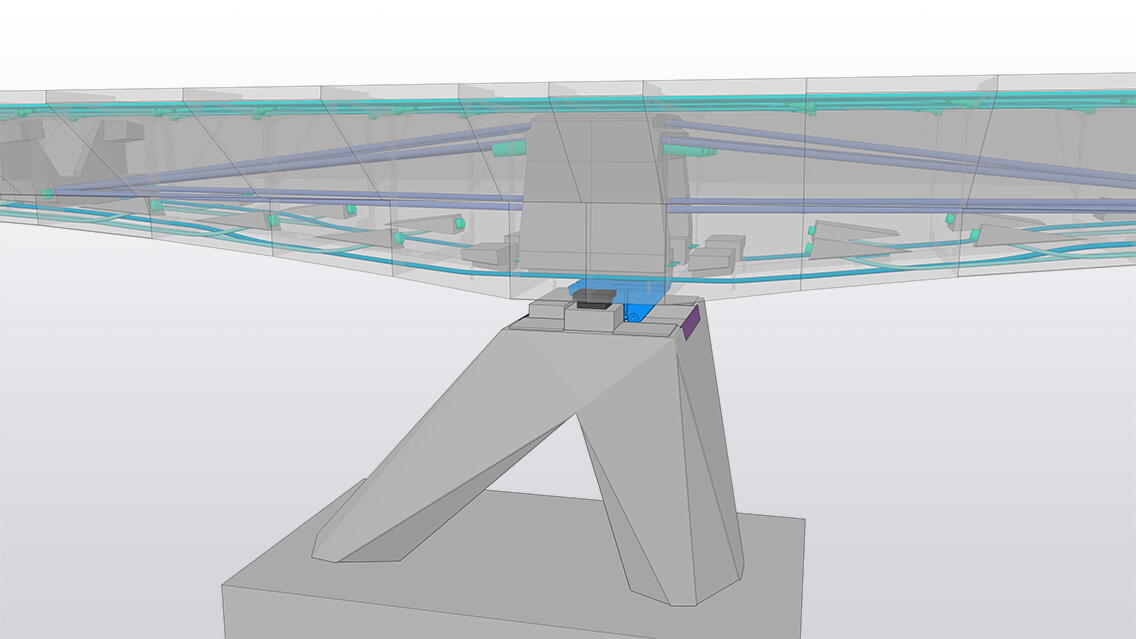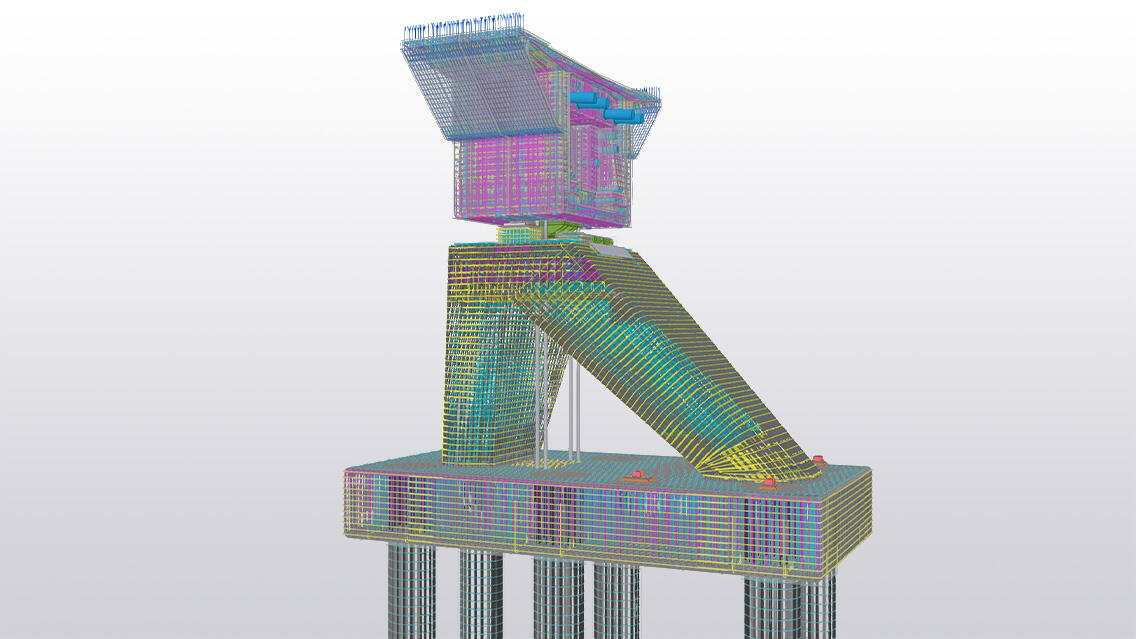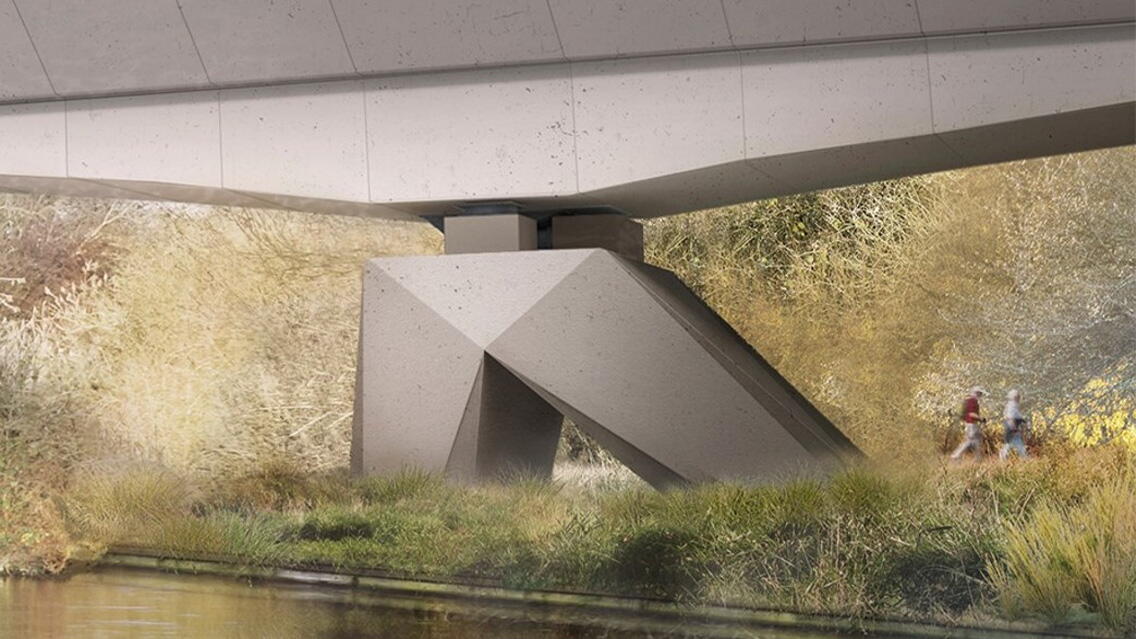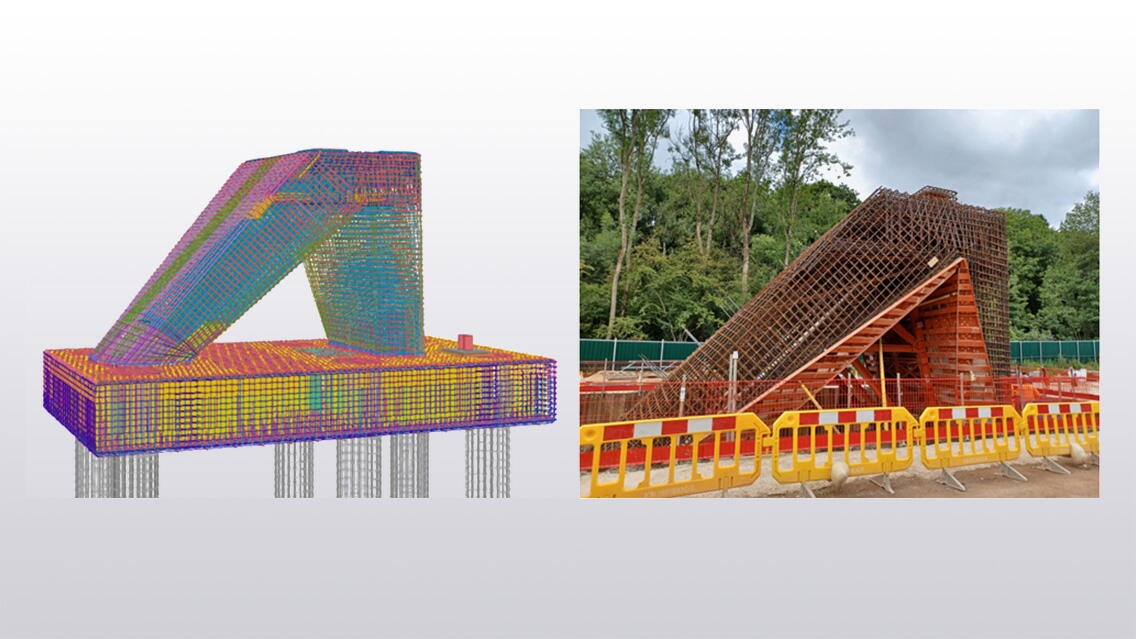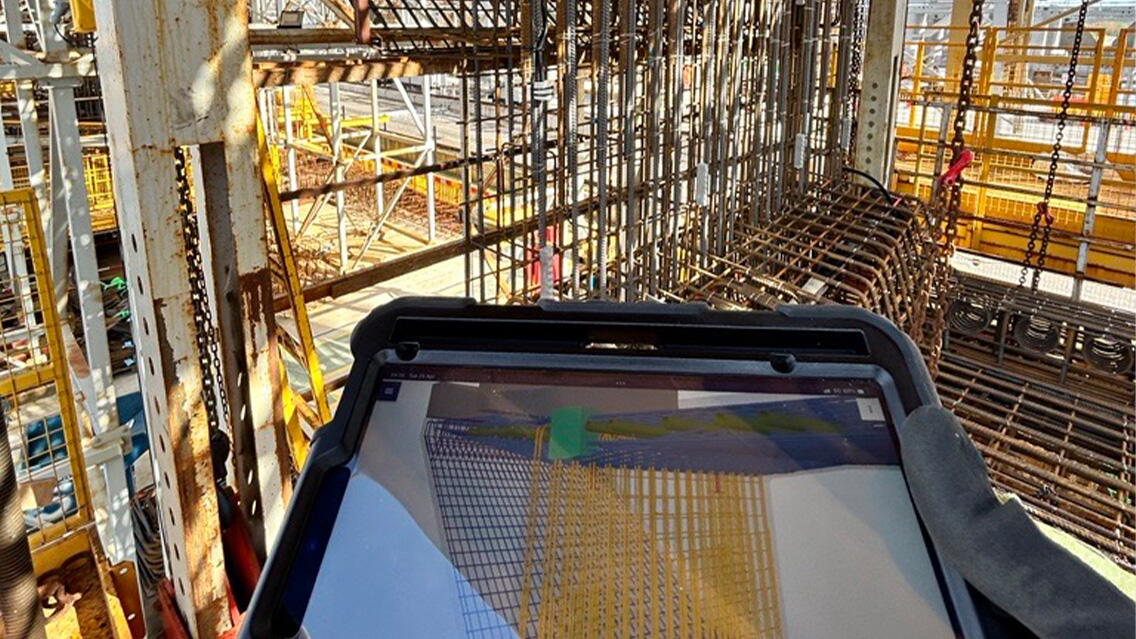Phase One of High Speed 2 (HS2) is a high-speed railway currently being built between London and Birmingham. The Colne Valley Viaduct, part of this project, is set to become the longest railway viaduct in the UK.
Challenges
The Colne Valley Viaduct had to meet functional priorities set by HS2, while also being a "Beacon Structure" of international significance. The design of fixed buttress piers proved to be one of the biggest challenges due to their complex geometry and intricate reinforcement detailing.
Achievements
- Through a collaborative approach between the client, contractor, and designer, the project successfully broke through traditional barriers.
- Tekla software played a crucial role in enabling 3D rebar modelling, resolving clashes, improving constructability, and enhancing communication between teams.
- The integrated team's efforts resulted in the viaduct being engineered as a buildable and maintainable structure while adhering to sustainability and safety principles.
Using Tekla software
- Tekla software facilitated collaboration between the designer and contractor, allowing decisions to be made early in the design stage.
- It aided in efficient planning, prefabrication of rebar cages, risk reduction, and improved communication on-site.
- Asset management was also considered, with 3D scanning tools being used for as-built information and Tekla Warehouse for modelling insert elements.

